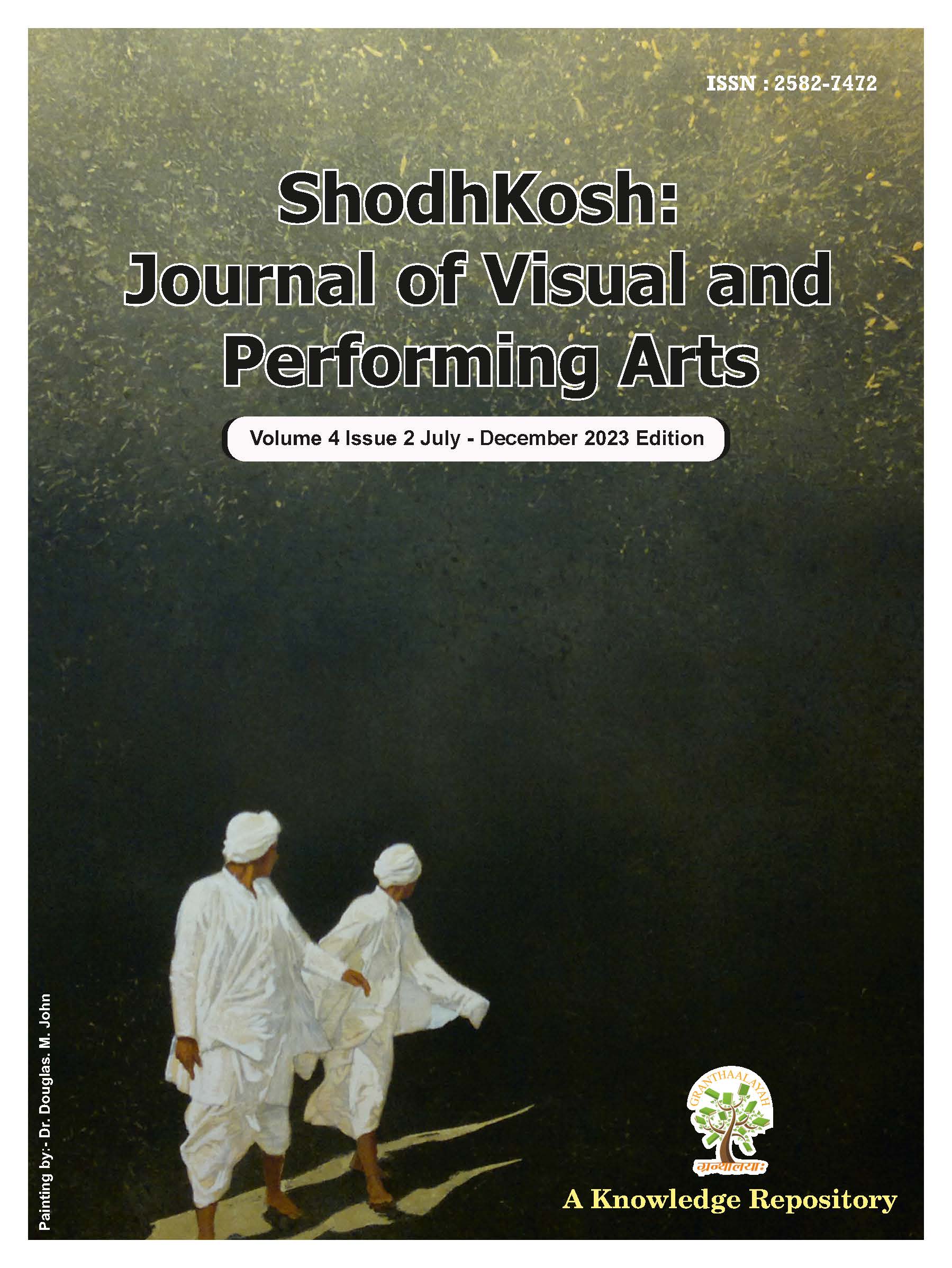CSR: A CASE STUDY OF STARBUCKS IN INDIA
DOI:
https://doi.org/10.29121/shodhkosh.v4.i2.2023.3557Keywords:
Corporate Social Responsibility, Starbucks, Employee, Profitability, Society, TaxesAbstract [English]
Starbucks has been successfully growing its stores and presence in India, and described the profitable growth to its investors as something it wanted to build in other international markets and choose India as one of its international markets. Starbucks established its first store in India on 19th October 2012 at Elphinstone building, Horniman Circle in Mumbai measuring 4,500 sq ft. Starbucks also opened its first plant of roasting and packaging to supply its Indian outlets at Kodagu, Karnataka in 2013. Starbucks is operating in India from past 9 years and opened 216 outlets all over India with 50:50 joint venture company owned by Starbucks Corporation and Tata Consumer Products known in India as Tata Starbucks Limited. This research study is designed to understand the corporate social responsibility (CSR) and identify the scope of saving tax by offering social responsibilities, taking the case study of Starbucks in India. The study of this paper has described strategies, legal, ethical, public relations and tax minimization strategies, of companies like Starbucks that portray themselves as responsible “citizens” of the society in which they operate.
References
Carroll, A. B. (1991). The Pyramid of Corporate Social Responsibility: Toward the Moral Management of Organizational Stakeholders. Business Horizons, 34(4), 39-48. DOI: https://doi.org/10.1016/0007-6813(91)90005-G
Elkington, J. (1994). Cannibals with Forks: The Triple Bottom Line of 21st Century Business. Capstone Publishing.
India Companies Act, 2013. (2013). Ministry of Corporate Affairs, Government of India.
Tata Starbucks Corporate Social Responsibility Report (2020). Tata Starbucks India.
Downloads
Published
How to Cite
Issue
Section
License
Copyright (c) 2023 Mohammed Sameer Shaikh

This work is licensed under a Creative Commons Attribution 4.0 International License.
With the licence CC-BY, authors retain the copyright, allowing anyone to download, reuse, re-print, modify, distribute, and/or copy their contribution. The work must be properly attributed to its author.
It is not necessary to ask for further permission from the author or journal board.
This journal provides immediate open access to its content on the principle that making research freely available to the public supports a greater global exchange of knowledge.































